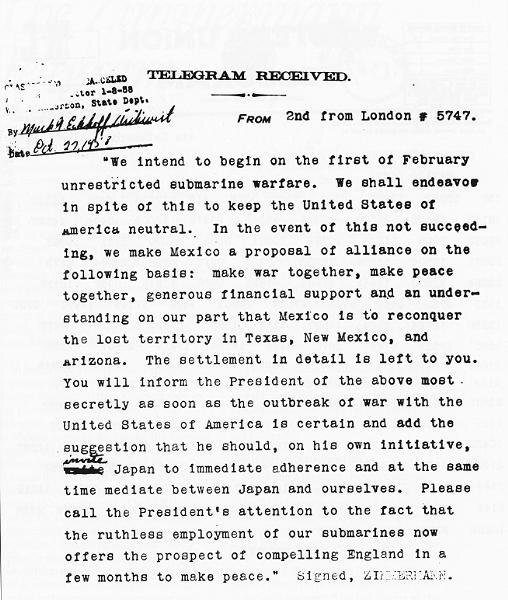Cryptography, the use of codes and ciphers to protect secrets, began thousands of years ago. Until recent decades, it has been the story of what might be called classical cryptography — that is, of methods of encryption that use pen and paper, or perhaps simple mechanical aids. In the early 20th century, the invention of complex mechanical and electromechanical machines, such as the Enigma rotor machine, provided more sophisticated and efficient means of encryption; and the subsequent introduction of electronics and computing has allowed elaborate schemes of still greater complexity, most of which are entirely unsuited to pen and paper.
The Enigma machine was widely used by Nazi Germany; its cryptanalysis by the Allies provided vital Ultra intelligence.
Cryptanalysis refers to the process of analyzing information systems in order to understand hidden aspects of the systems. Cryptanalysis is used to breach cryptographic security systems and gain access to the contents of encrypted messages, even if the cryptographic key is unknown.
Reconstruction of the appearance of cyclometer, a device used to break the encryption of the Enigma machine. Based on sketches in Marian Rejewski's memoirs
The decrypted Zimmermann Telegram.
The Bombe replicated the action of several Enigma machines wired together. Each of the rapidly rotating drums, pictured above in a Bletchley Park museum mockup, simulated the action of an Enigma rotor.




